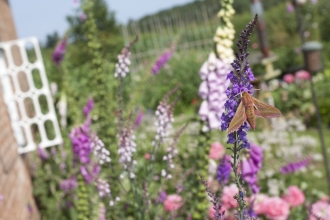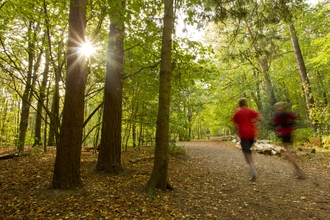Do you think the winter months are dreary without the colourful green foliage on trees and shrubs or do you positively enjoy seeing the different shapes of our ‘naked’ trees? Suddenly the subtler shape of a tree becomes more visible and you can see the way the branches grow and bend. Some trees grow in a very symmetrical recognisable way such as our oak trees. Look at an individual oak tree grown in the open and there is a familiarity about the way the branches form a strong, yet delicate network of branchlets. Ash trees look rather more messy but majestic all the same with the tips on mature trees turning up towards the sun. Each one of our amazing and important native trees has its own way of forming buds and then shoots and branches. Some buds form opposite each other in a branch such as in maples, sycamore and ash and others form alternatively along the branch. Have a look next time you are out and use all these clues to solve the mystery of who is who. Are the buds pointed and shiny like the beech or are they more rounded with a delicate red flower appearing very soon at the centre as in the hazel?
For a virtual, seasonal walk around one of our nature reserves, Eithinog in Bangor, book your place via our website at:






